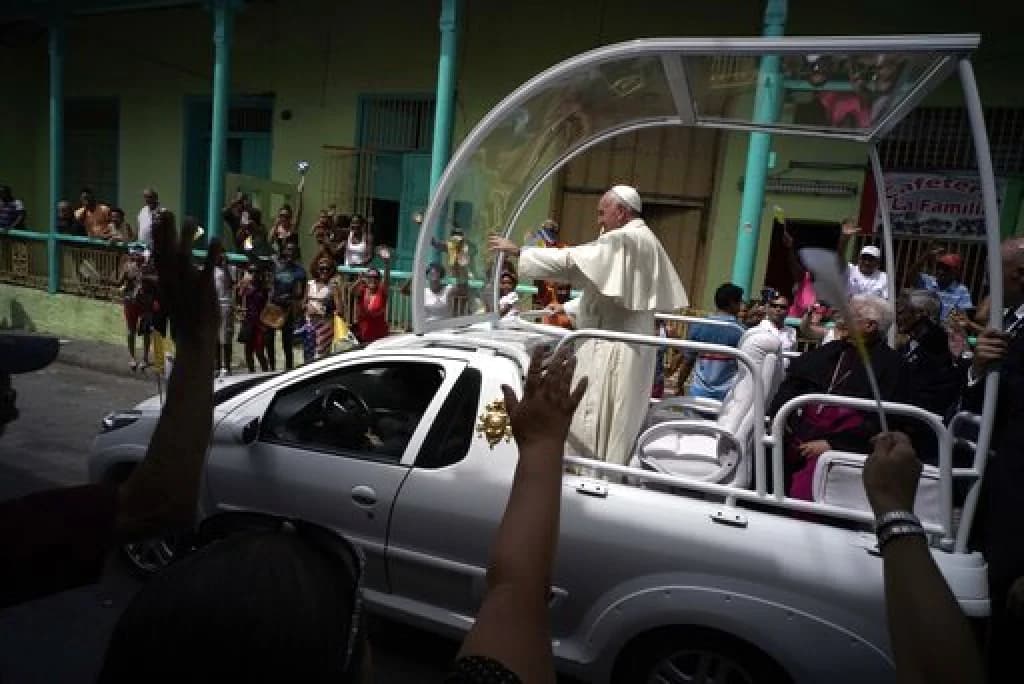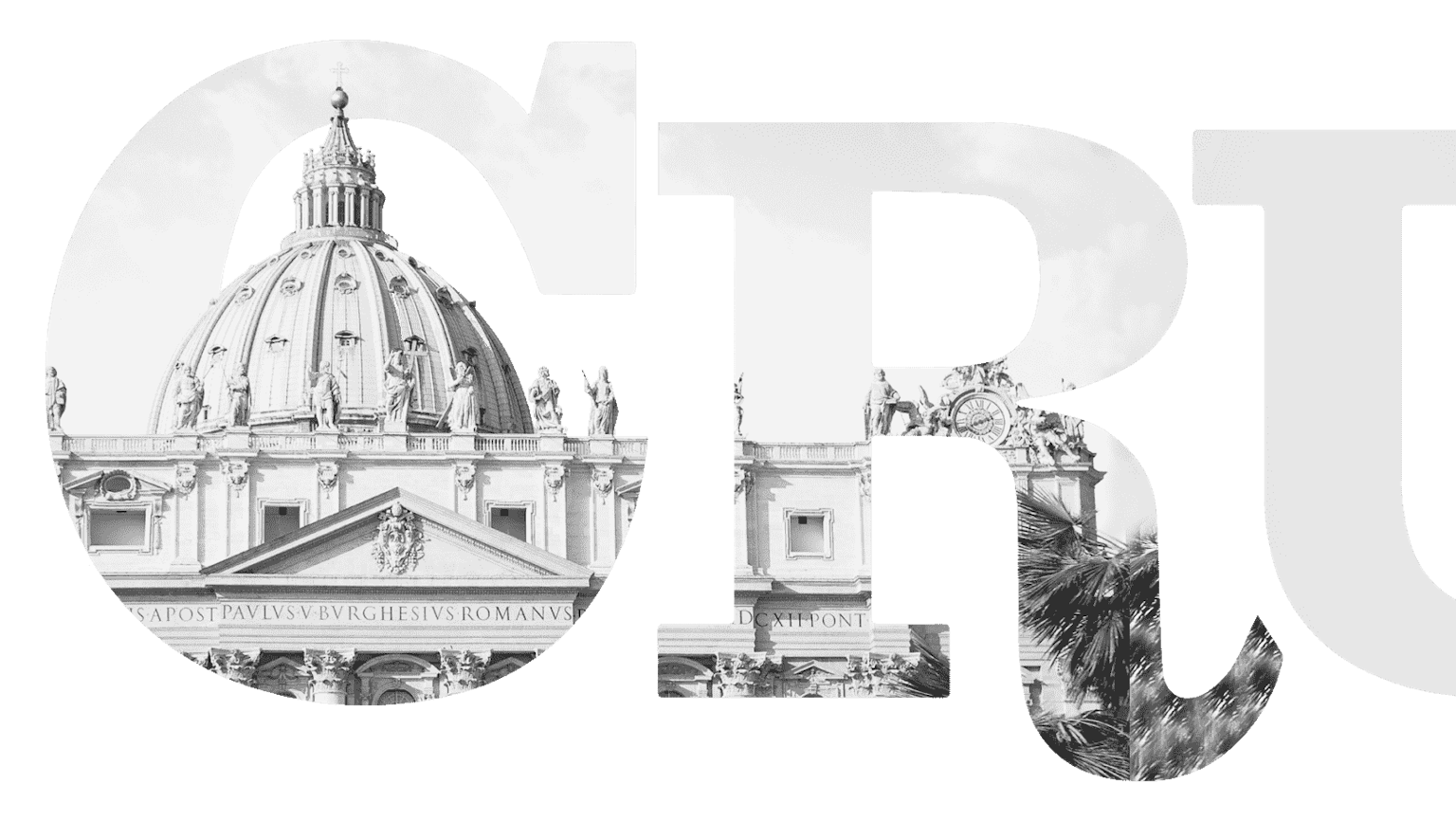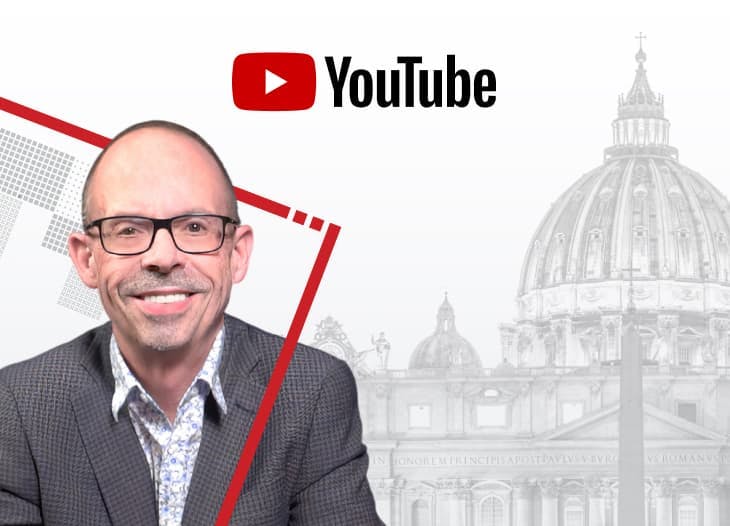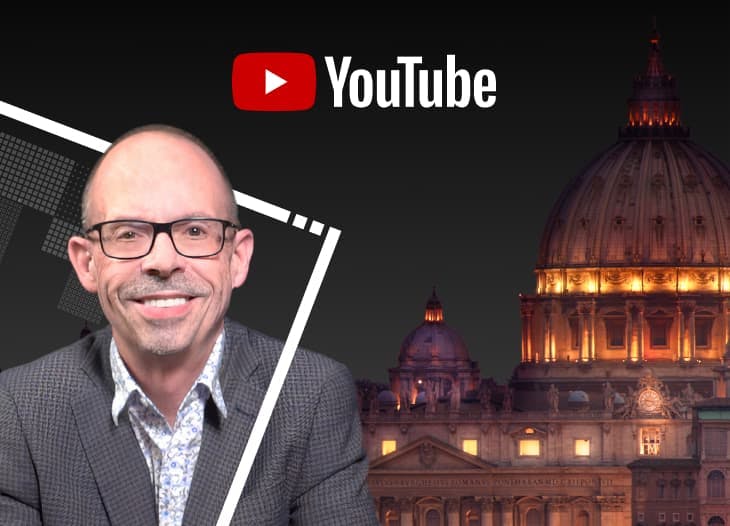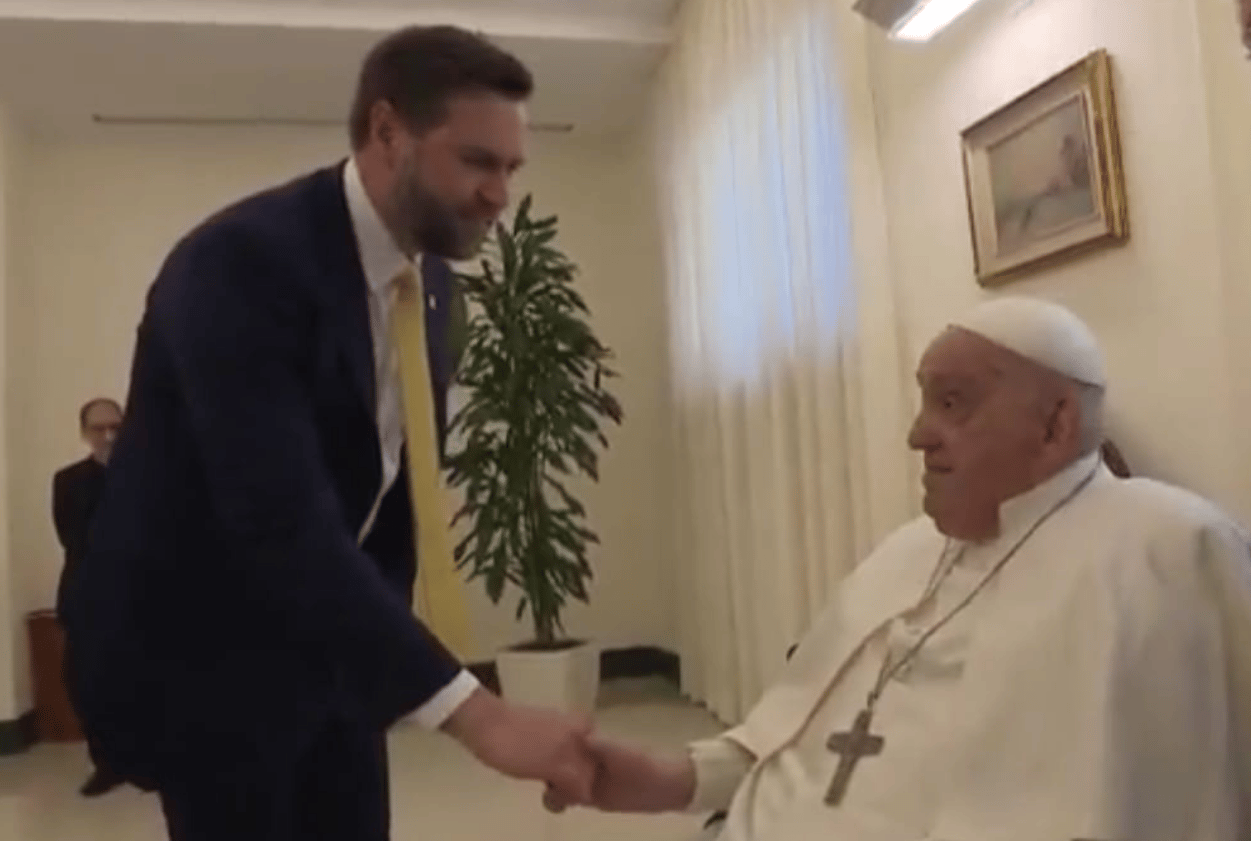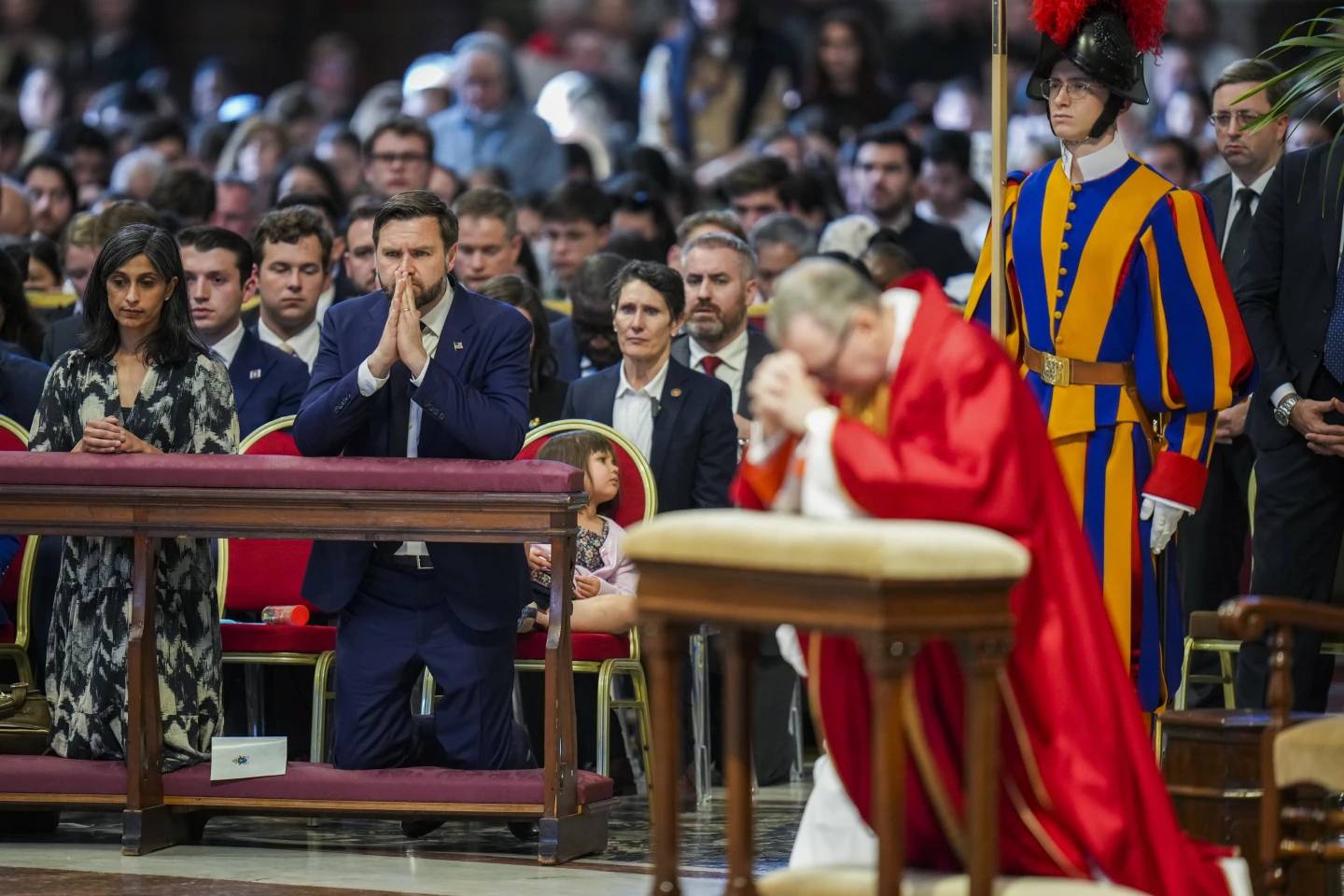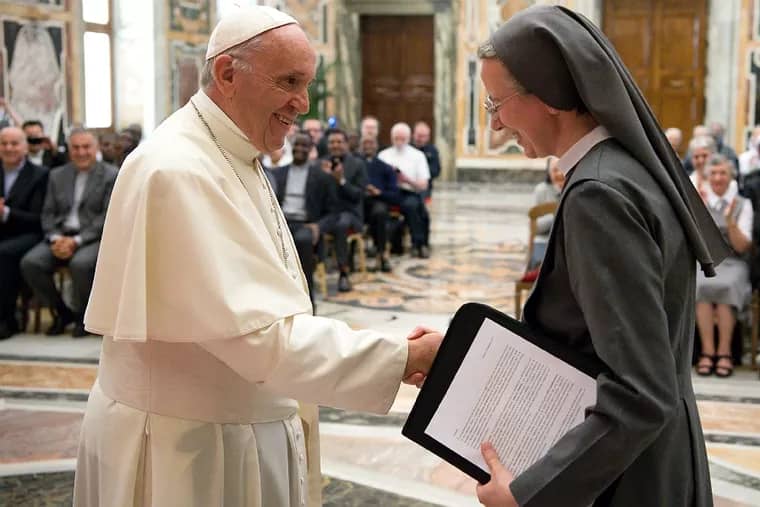ROME – Now that Pope Francis has died after returning to the Vatican following a prolonged hospital stay to fight a respiratory infection and pneumonia, his passing has marked the beginning of papal transition phase, when the Church mourns the late pontiff and prepares to elect another.
For centuries, the process of a papal transition has been a source of vast interest and intrigue, the latest example of which is last year’s film Conclave starring Ralph Fiennes, Stanley Tucci, John Lithgow and Sergio Castellitto, and other big-name celebrities.
Pope Benedict XVI’s shocking resignation in 2013 and Pope Francis’s subsequent election, and Francis’s generally electrifying personality and personal style captured the world’s attention in a way the Church had not for decades.
The unusual nature of the 2013 papal transition, marking the first time a pope had resigned the papacy in over 500 years, coupled with the election of the world’s first Jesuit and first Latin American pope, became a source of endless fascination for the world, and for Hollywood.
Several films and television series were produced in the 12 years that Francis sat on the Throne of Peter, such as the Sky series The Young Pope starring Jude Law, the 2019 Netflix film The Two Popes, and finally, Conclave in 2024.
When Pope Benedict XVI died in 2022, it was an unusual and almost unprecedented set of circumstances, as it was the first time a sitting pope had celebrated the funeral of his immediate predecessor.
There was also no official period of morning, no sede vacante interim period, and no conclave to elect a new pope.
Francis’s passing and the papal transition phase that it has ushered in marks the first time the Church has experienced this dynamic in 20 years, when Pope John Paul II died, and Benedict XVI himself was elected in April 2005.
The question, then, of what exactly happens from the time a sitting pope dies, to the time a new one is elected, has bubbled up again following Francis’s death.
Most of the rites for the papal transition period are spelled out in a book called the Rituale Romanum, an official liturgical text containing specific prayers and readings for all the liturgical services and rituals performed by a priest, deacon or bishop.
According to these norms, once a pope has died, a pronouncement is made in Latin and his death is certified by a physician, and the cardinal camerlengo, currently American Cardinal Kevin Farrell, who runs things in-house during the sede vacante, will take charge of running things in the interim until a new pope is elected.
It also marked the first time a pope has died during a jubilee year since 1700, when Pope Innocent XII formally opened the jubilee for that year, though due to ill health he was unable to preside over it personally, and died in September 1700, meaning his successor, Pope Clement XI, closed the jubilee in his place.
The 1700 jubilee marked the first time a holy door had been opened by one pope and closed by another. Pope Francis’s death this year and the election of his successor, then, marks only the second time in history this has happened.
Usually after the pope dies, there is typically a specific time allotted allowing cardinals and members of the Roman Curia to pay their final respects.
Once the Vatican is ready to share the news with the world, the camerlengo is charged with first telling the Vicar of Rome, currently Cardinal Baldassare Reina; the dean of the College of Cardinals, currently Italian Cardinal Giovanni Battista Re; and the ambassadors accredited to the Holy See, as well as heads of state.
The pope’s body is usually then transferred to St. Peter’s Basilica, where it lies in state for several days before the funeral to allow cardinals, dignitaries and heads of state time to arrive, and to permit faithful the opportunity to say a final farewell.
A pope’s death is marked by an official nine-day mourning period called novemdiales, a custom that dates back to ancient Roman times, though the pope is required to be buried between the fourth and sixth day after death, except for unspecified “special reasons,” according to norms established in 1966.
At some point during this time, the cardinals in Rome, those who reside in Rome and those who have already begun to arrive from abroad, will jointly decide the date that the conclave will start.
Prior to the conclave itself, there will be around a week of general congregation meetings, when the cardinals gather, discuss key priorities for the Church, and get to know one another.
The general congregations this year will be especially important, as many of the cardinals Pope Francis appointed throughout his papacy come from remote and obscure places and are unknown to the rest of their fellow electors.
After these general congregations, the Sistine Chapel doors will close and the conclave will officially begin, with around four voting sessions a day, two in the morning, and two in the afternoon.
Once the new pope is elected and white smoke pours out of the chimney of the Sistine Chapel, he will be fitted with his new papal attire and have his moment of prayer in the so-called Stanza delle Lacrime, or “Room of Tears,” a small antechamber within the Sistine Chapel where a newly elected pope changes into his white papal cassock for the first time.
He will then, after his name is pronounced in Latin to the faithful gathered in the square below, step onto the balcony on the façade of St. Peter’s Basilica and greet the world for the first time as pope.
Currently there are some 252 living cardinals, of whom 135 are under the age of 80 and are therefore eligible to participate in the upcoming conclave to elect Francis’s successor.
